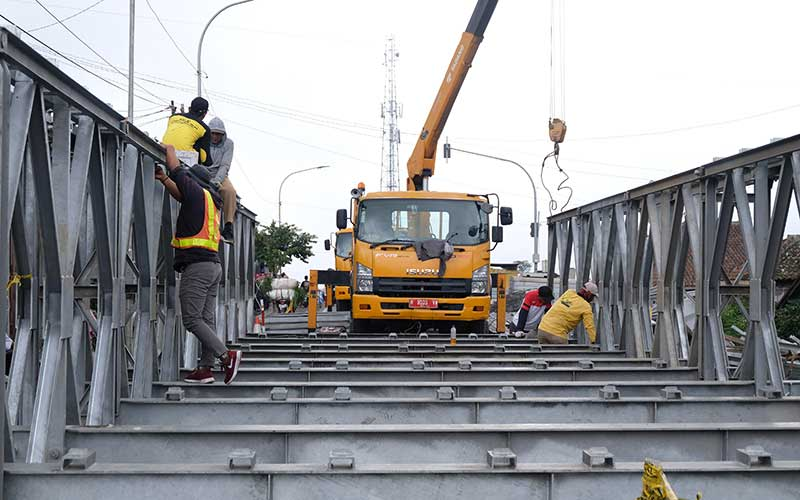
Disaster Management Manual
A manual for practitioners and decision makers!

Disaster Management Manual
A manual for practitioners and decision makers!
Disasters are considered natural phenomena since it cannot be predicted precisely where and when they will take place. However, there are opportunities to reduce the disaster risk. Sufficient identification and planning support sustainable development 1. Therefore, the response shifts to a new paradigm at all stages of infrastructure development. It is necessary to distinguish records of the quality and quantity (potential) of a disasters impact to infrastructure. For example, in the areas marked as landslide-prone, the particular concrete in and specifications of roads are needed. Related to that, it is essential to implement Mainstreaming Disaster Risk, where the government immediately improves collaboration with the private sector to develop a model for development, reconstruction, and maintenance of infrastructure 2. The mapping of a disaster-prone network and construction models that are responsive to the dynamic of disasters must be implemented immediately. Moreover, the reliability of road and bridge infrastructure needs to consider disaster risk by considering the disaster-prone area in a road network system, creating a safer route during evacuation and mobilization post-disaster.
The road network needs to always be maintained in a reliable and safe condition. The following table, Table 4.1.6, shows the Disaster Relief Unit (DRU) for road construction mitigation. In addition, Figure 4.1.6 depicts a modular bridge to mitigate bridge structure for a specified span of up to 30 meters. Alternative detour routes may be used for mitigation in the event of a disaster affecting a bridge, especially on a bridge more than 30 meters long. These mitigation routes – both road class and administrator – are usually managed by the local government and must be identified for post-disaster evacuation needs. The typical DRU fleet can be seen in Table 4.1.6 3.
| Num. | Type of Unit | Capacity | Nos |
|---|---|---|---|
1 | Dump truck | 5 tons | 1 |
2 | Motor grader | 140 HP/1,3 m | 1 |
3 | Wheel loader | 1,8 m3 | 1 |
4 | Excavator track | 0,8 m3 | 1 |
5 | Backhoe loader | 0,9 m3/0,2 m3 | 1 |
6 | Vibrator roller | 4 Tons | 1 |
7 | Generator set | 20 KVA | 1 |
For bridges, one of the technologies that can be used during response is The Bailey Bridge construction which can be seen in Figure 4.1.6 below. The Bailey Bridge has an advantage in that no heavy equipment is required to assemble it. The wood and steel used in the bridge are small parts that can be transported by truck and assembled by hand without the use of pulleys.
